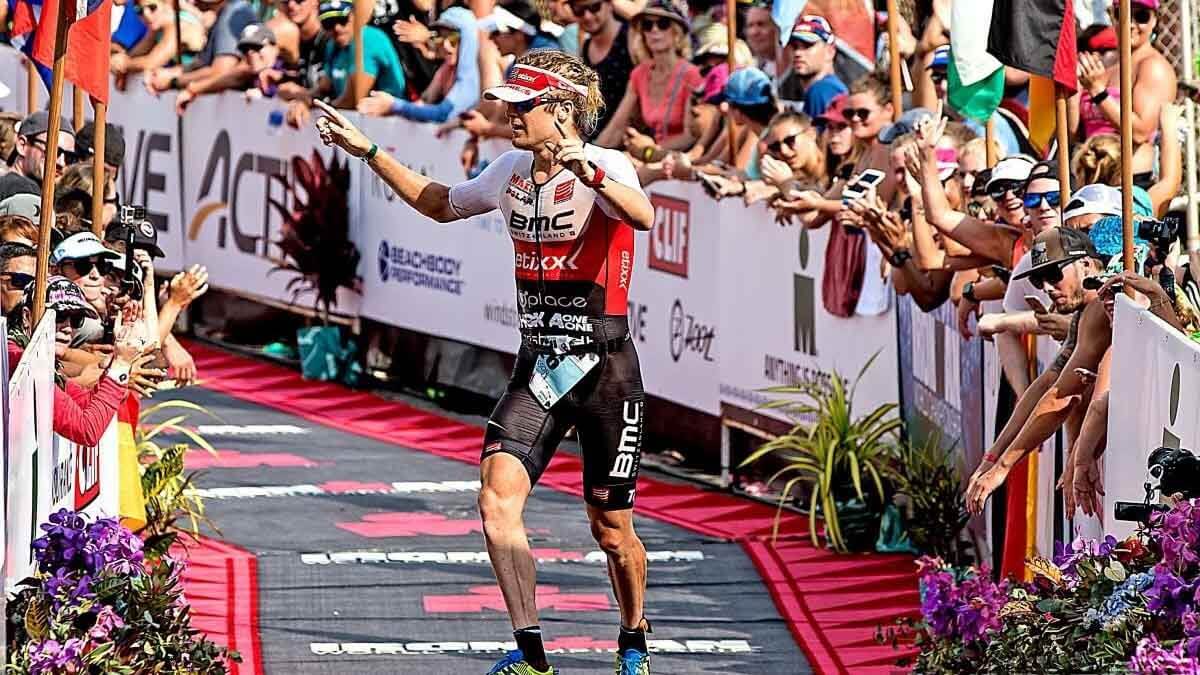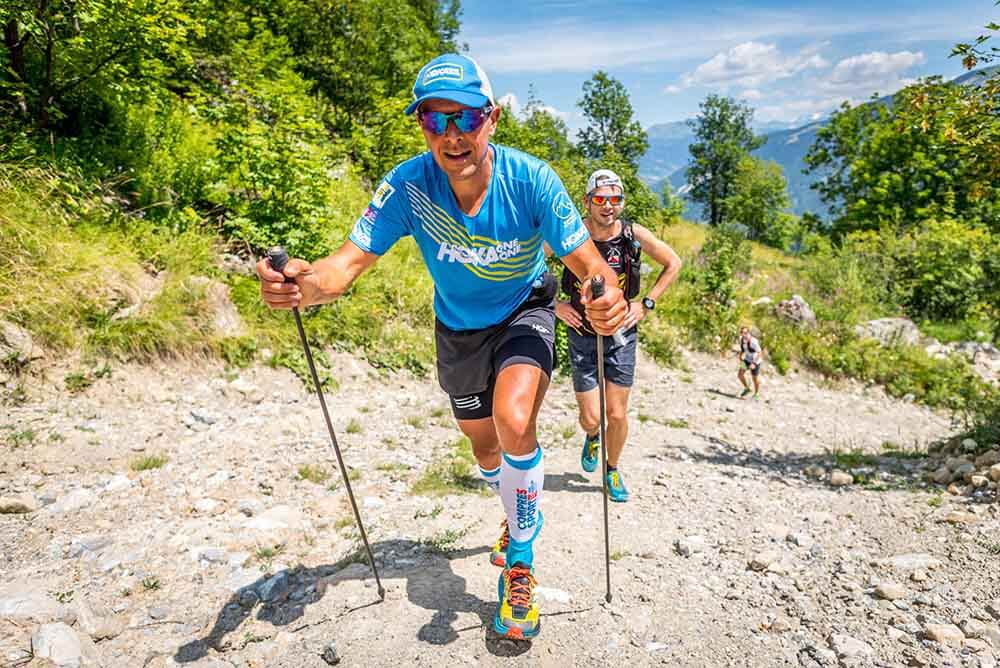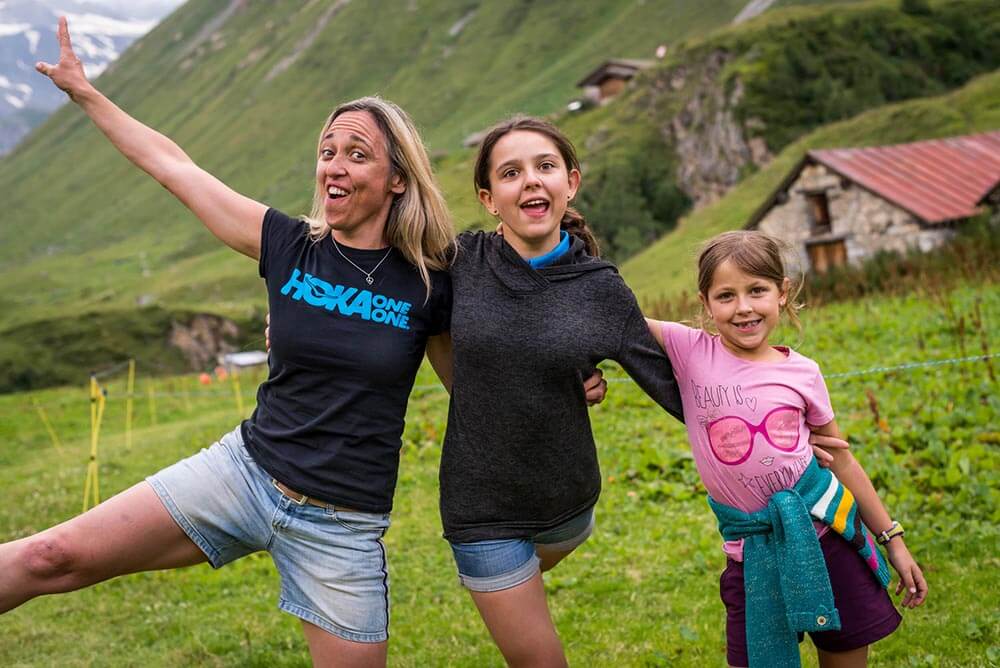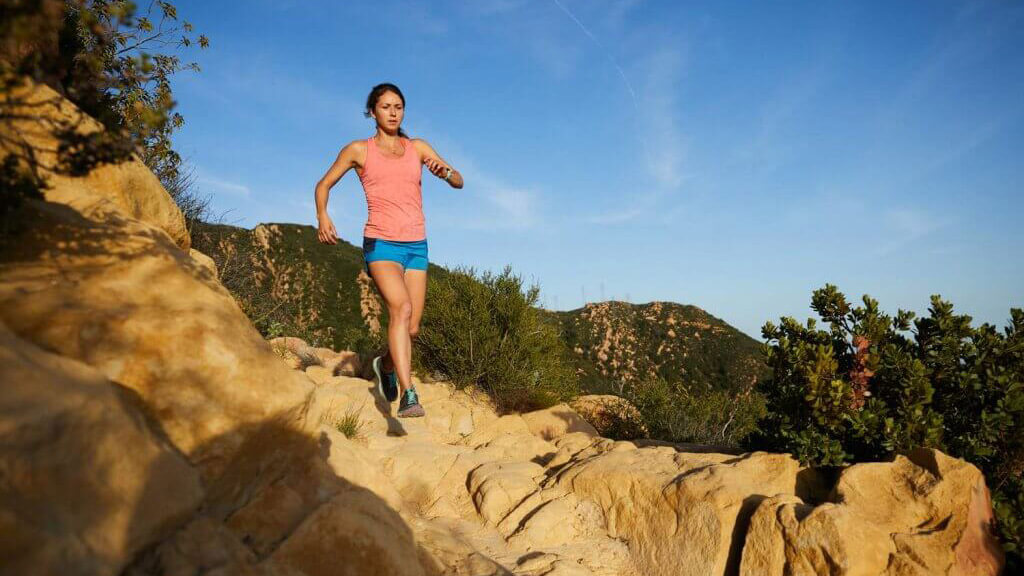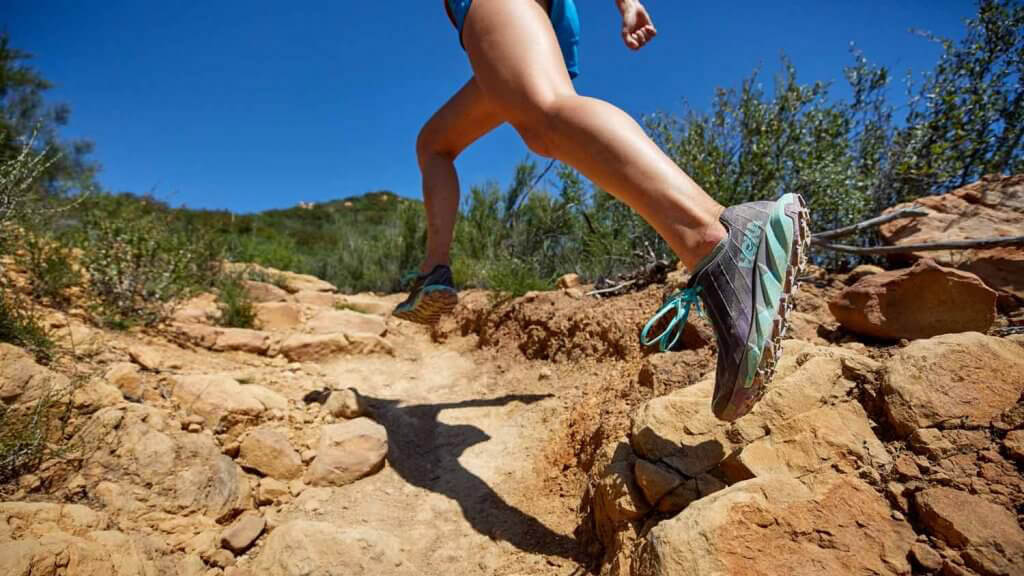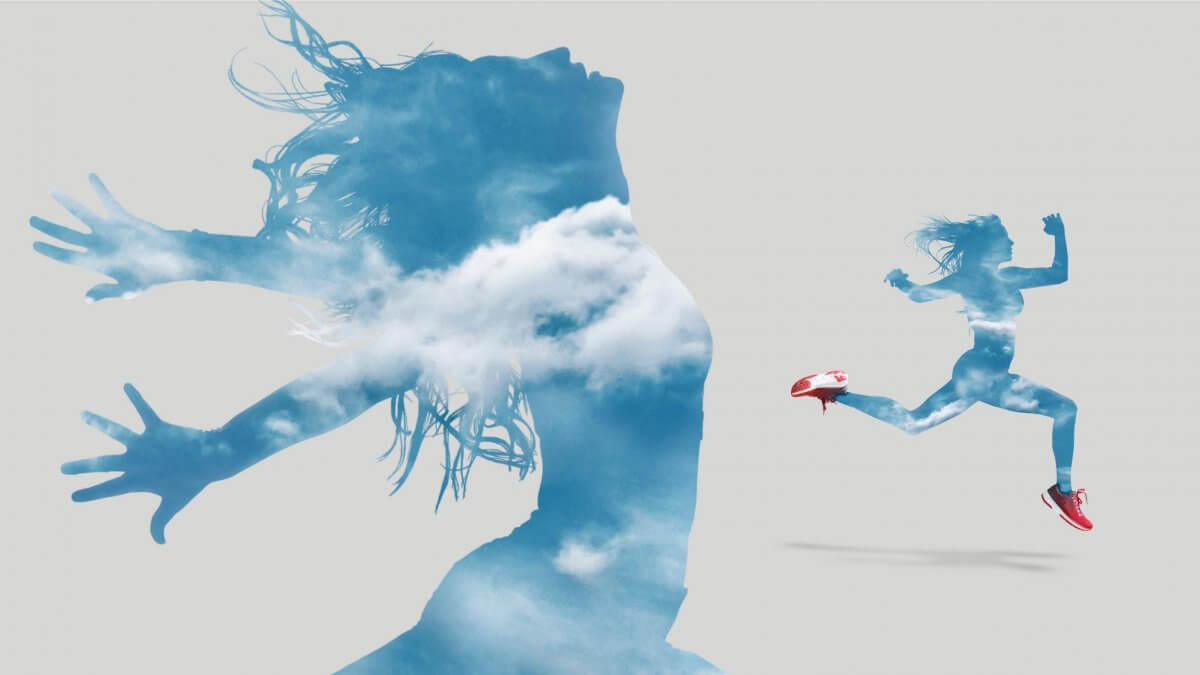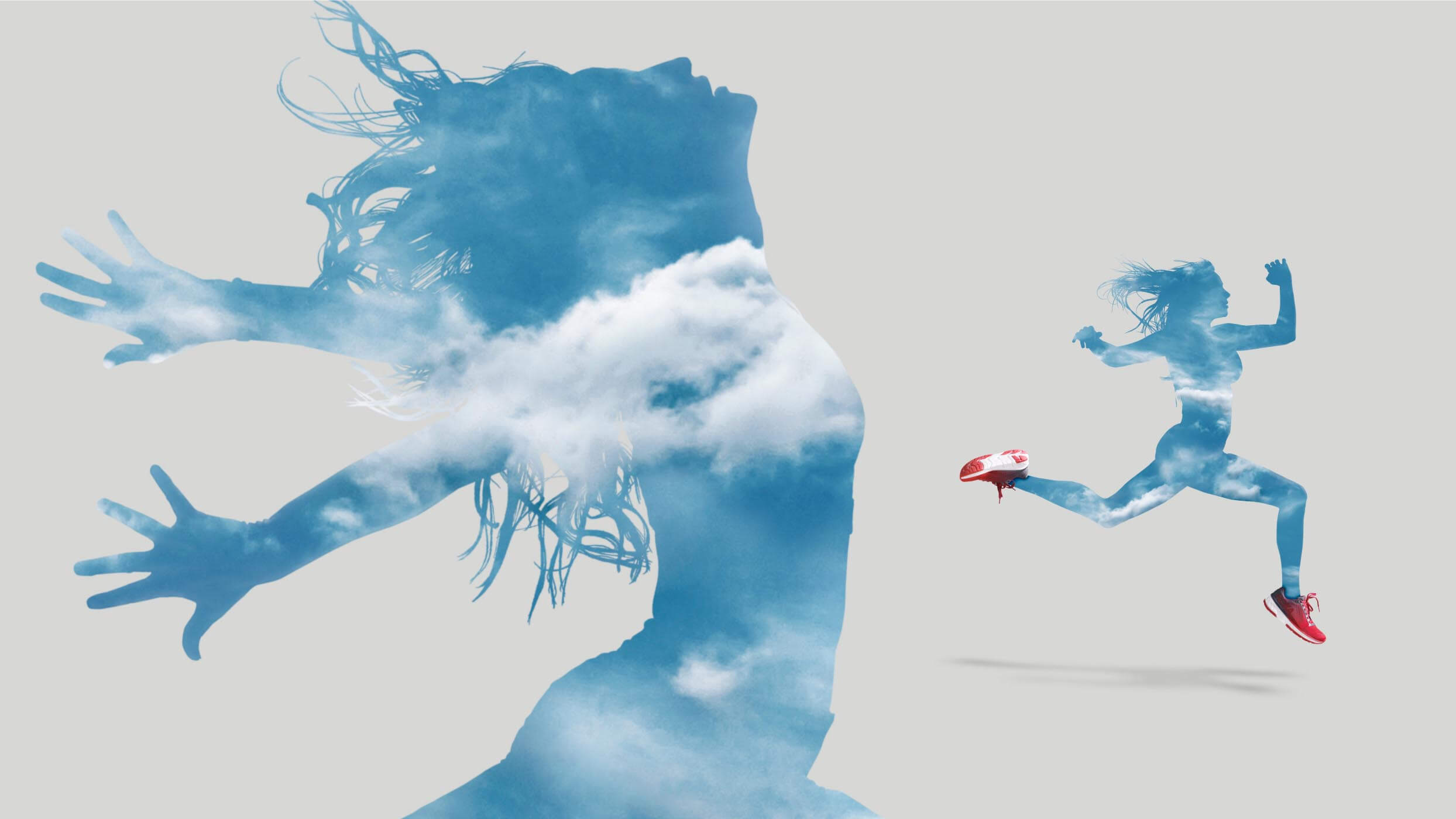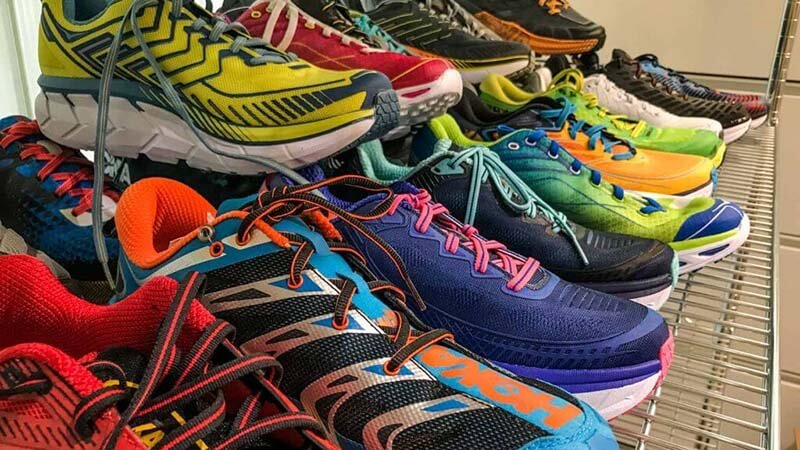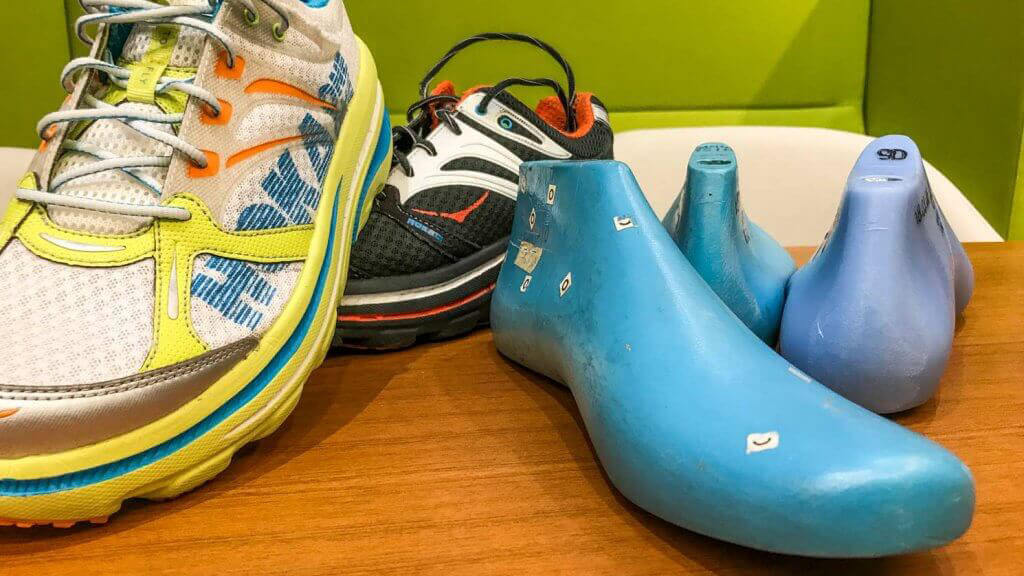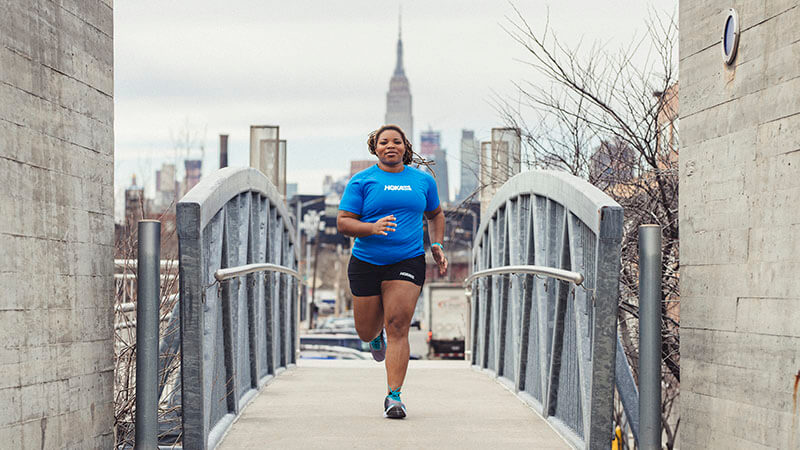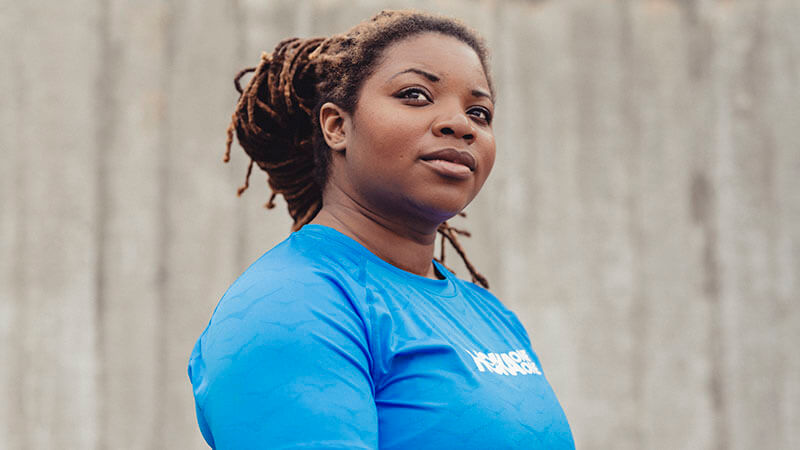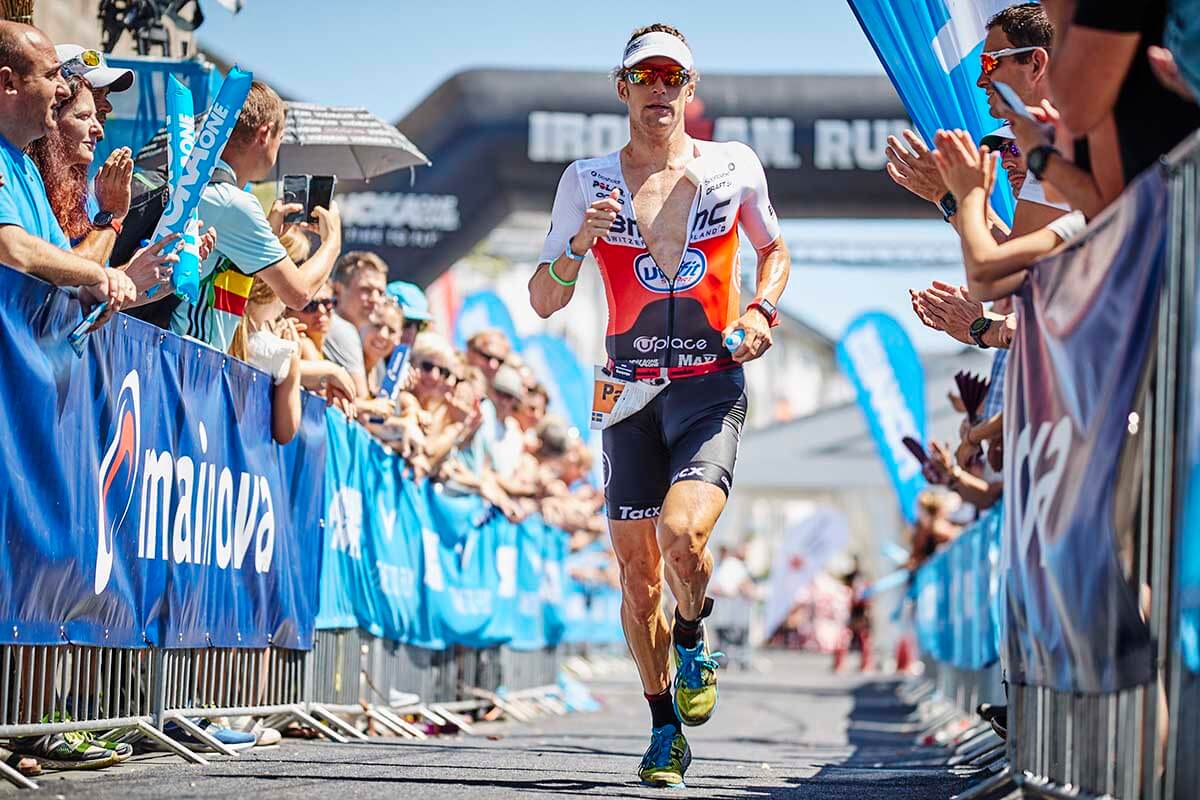
“Kona is, and has always been, the biggest IRONMAN race in the world.”
If you had any doubts about the importance of Kona to triathletes and fans around the world, then HOKA athlete Patrik Nilsson sums it up well.
“Everyone arrives at their peak, goes in super fit and with such high ambitions. But, of course, there can only ever be one winner, and you never know what will happen.”
And Kona certainly hasn’t been without its share of upsets and drama over the last 40 years.
The pursuit of greatness
In 1982, Julie Moss showed up to the IRONMAN World Championship as an unknown. The world watched as she refused to give up and crawled to the finish line. It was a run that would define her and her career to come.
Classic battles in the late-eighties between six-time winner Dave Scott and Mark Allen helped to define the sport for a new generation of fans. So just who will follow in the footsteps of 2017 victors, Daniela Ryfe and Patrick Lange, and take the honours at this year’s event?
“Everyone arrives at their peak, goes in super fit and with such high ambitions. But, of course, there can only ever be one winner, and you never know what will happen.” Patrik Nilsson
The annual event on the Pacific island of Hawaii never fails to deliver on excitement. It’s after hearing about the legendary Kona event that Patrik decided to hang up his track spikes in pursuit of greatness at the world’s most demanding endurance test eight years ago.
Trials and tribulations
Patrik’s top-10 debut last year was an admirable first shot. It didn’t come, however, without the inevitable trials and tribulations of more than eight hours of competition.
Patrik suffered intense stomach problems for the best part of the 42k run. He managed to summon incredible mental strength to rally and eventually finished eighth to become the highest-placing Swedish athlete of all time at Kona.

Not a bad feat for someone who only made his professional debut in 2013.
Now 27 years old, Patrik has gone on to become a four-time IRONMAN champion and has dipped inside the magic eight-hour mark on two occasions in Copenhagen and Barcelona.
Finding inspiration
Hailing from the small town of Saltsjöbaden in Sweden, Patrik now lives in Denmark with his girlfriend and coach, Teresa, and son, Matteo.
The life of a professional triathlete rarely tends to remain in one fixed place, and Patrik spends a lot of time traveling the world for various competitions and training camps to try and reach the top of his sport.
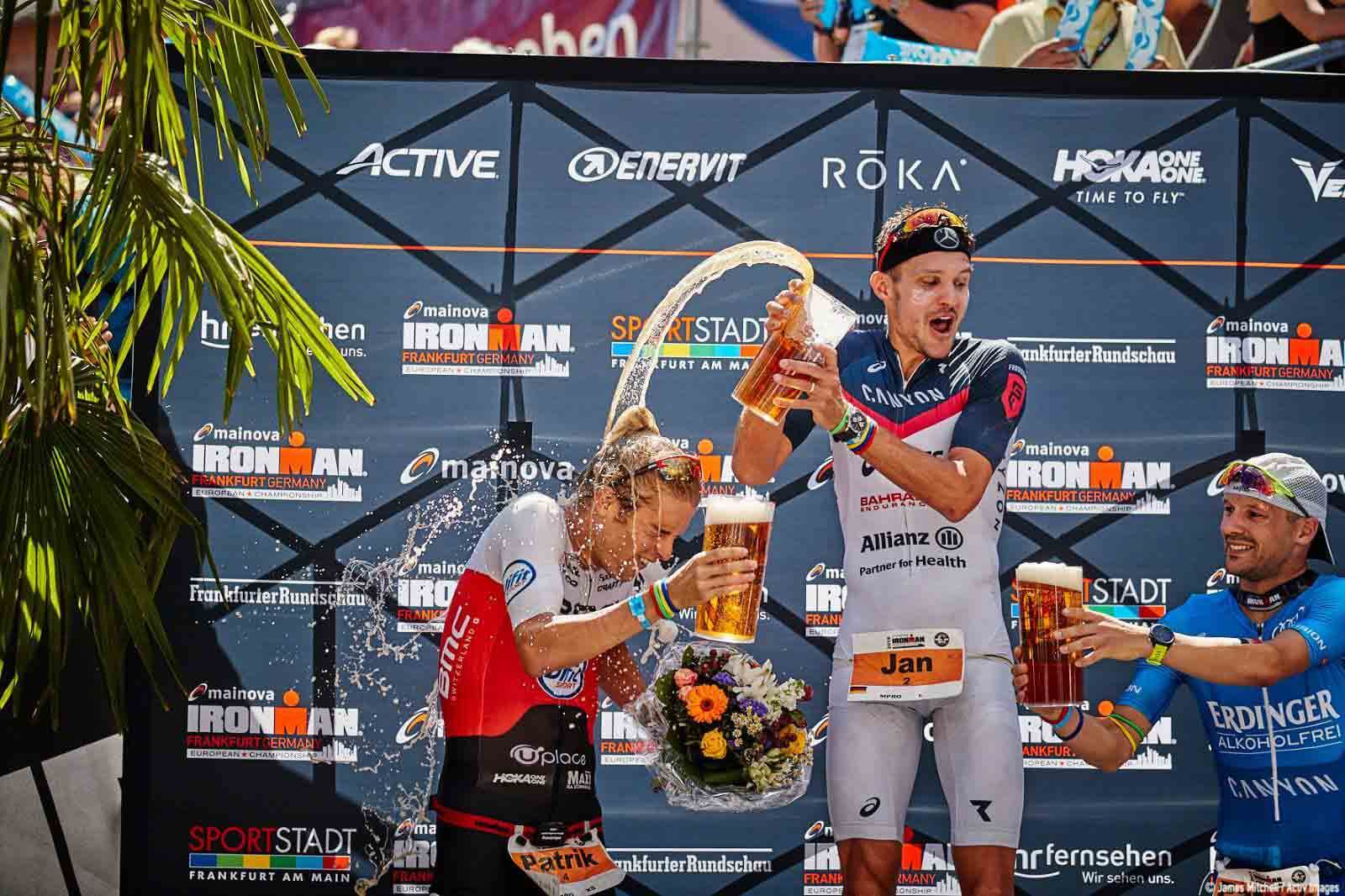
“None of this would be possible without the support, huge work, understanding and love from my family,” says Patrik. “My biggest inspirations are Matteo and Teresa.”
“None of this would be possible without the support, huge work, understanding and love from my family.” Patrik Nilsson
Teresa, in particular, plays such a pivotal role in Patrik’s personal and professional life and it’s a relationship he describes as “just perfect”.
“Teresa does a huge amount of work taking care of our son alone when I’m traveling, together with being my coach and having her own coaching company in Denmark,” says the Swedish IRONMAN record-holder.
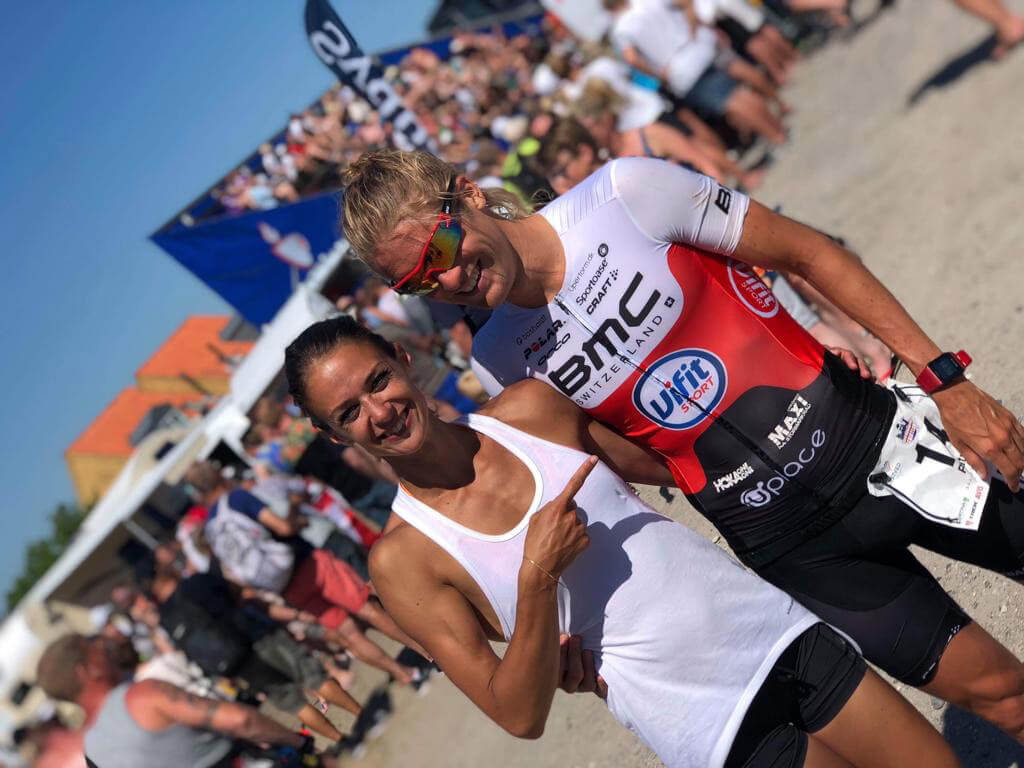
“She knows everything about me. She knows about my recovery, my training, my life. She is always able to change the training so that we get the most out of it. It really is perfect.”
Turning dreams into reality
If Teresa is the person steering the ship, then it is Matteo who is undoubtedly the driving force behind it.
“Matteo is a huge motivation for me,” says Patrik. “It’s important for me to show him that everything is possible if you work hard and have a dream.”
“I’m in good shape, have trained hard and feel ready for race day. I will do everything I can to perform at my best.” Patrik Nilsson
Will that dream of topping the podium in Kona materialise this weekend?
“My main focus is to do everything I can and perform at my best,” says Patrik. “I’m in good shape, have trained hard and feel ready for race day. I will do everything I can to perform at my best, and then we will see how far that will take me.”
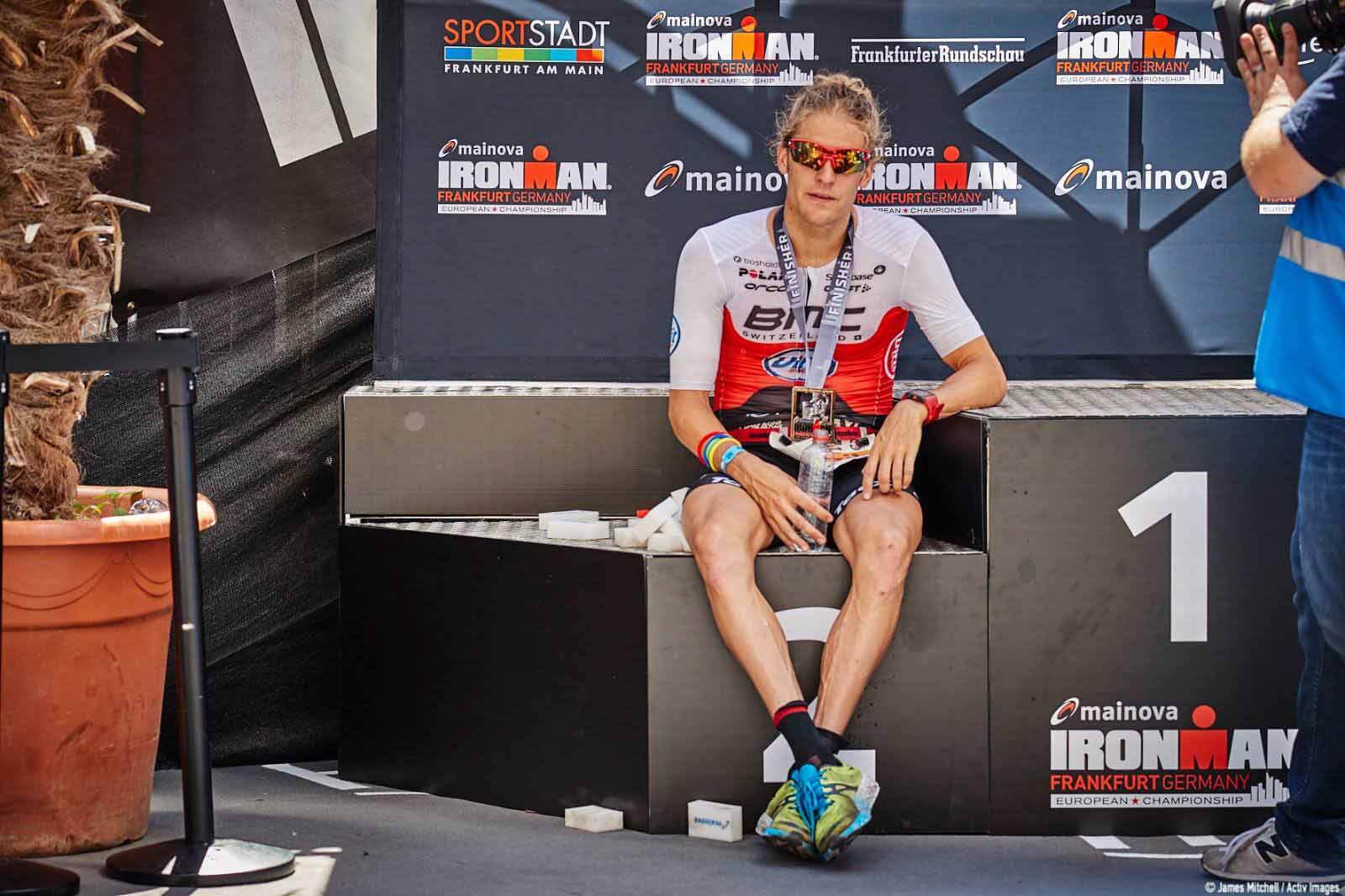
Photo credits: Peignée Verticale, Activ’images and Patrik Nilsson
Keep track of Patrik’s progress and all of the HOKA athletes in action at the IRONMAN World Championship in Kona on Saturday by following HOKA ONE ONE.
